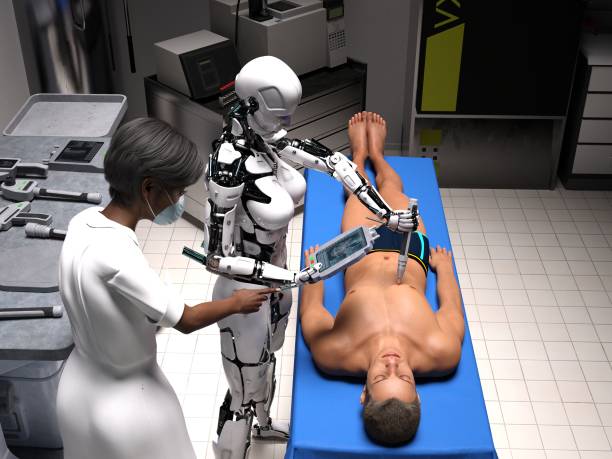Pancreatic surgeries have been recognized as one of the most complex procedures performed in abdominal surgery. Only performed in highly specialized centers, these surgeries require the highest level of precision and expertise because of the delicate nature of the organ. In the last few years, the field has experienced significant shifts from conventional open surgeries to laparoscopic procedures, which have brought benefits including lower hospitalization times, fewer postoperative infections, and faster time to recover. We spoke with Dr. Vijay Kumar C Bada, Senior Consultant in surgical Gastroenterology, HPB, Bariatric and Robotic Sciences Clinical Director, Yashoda Hospitals, Hyderabad, who explained robotics and pancreatic surgery.
The Rise of Robotic Surgery
Dr. Bada declared, “In this era of remarkable healthcare technology advancements, robotic surgery stands out as a game-changer for complex pancreatic procedures. Robotic surgery offers distinct advantages, particularly in the realm of pancreatic surgery, which extends beyond those of laparoscopy.”
Key Advantages of Robotic Surgery in Pancreatic Procedures
Enhanced Vision
Dr. Bada explained, “Robotics provides an astounding 10-12 times magnification with a 3-D view. This level of visual clarity proves invaluable for intricate dissections and tissue analysis, both critical aspects of pancreatic surgeries.” According to a study published in Springer, The difficulties that come with the laparoscopic procedure in pancreatic surgery could be solved through the use of robotics.
Advanced Instruments
Dr. Bada said, “Robotic instruments feature a 270deg rotation and seven ranges of motion, closely mimicking the human wrist’s capabilities. This surpasses the capabilities of standard laparoscopic instruments.”
Unmatched Precision
Robotic systems can improve the ergonomics of surgeons, reduce fatigue, and reduce manual tremors, which results in precise dissection. Dr. Bada stated, “The 3:1 motion transmission ensures that gross movements at the surgeon’s console translate into fine, precise movements at the robotic instrument’s tip.”
Unparalleled Control
Dr. Bada said, “Unlike standard laparoscopy, where instruments have fixed tips, the da Vinci system employs the Endowrist system, replicating human wrist and elbow movements for a significantly wider range of motion. The challenging fulcrum effect associated with laparoscopy is entirely eradicated in robotic surgery.”
Enhanced Safety
Robotic technology can eliminate physical tremors, allowing surgeons more control in minimally invasive procedures. It also helps in decreasing the chance of iatrogenic injuries (an injury that is not caused by medical procedures or health interventions). The combination of better ergonomics, motion scaling, and the removal of tremors results in safer surgery using laparoscopic instruments.
Lower Conversion to Open Surgery
Dr. Bada stated, “Comparative analysis between robotic and laparoscopic surgeries revealed a lower conversion rate to open surgery for robotics (11.4% for Robotics vs 26% for Laparoscopy).”
Expert Shares His Experience
Dr. Bada stated, “Having performed the First Total Laparoscopic Whipple Surgery for Pancreatic cancer in the Twin Telugu states back in 2014, I have been utilising robotic technology in pancreatic surgeries for the past three years. The remarkable clinical outcomes and increased patient comfort and safety speak volumes about the benefits of robotic surgery. As a proctor for Robotics in GI and General Surgery in India, I have witnessed a growing number of centres adopting this transformative approach.”
The Future of Robotic Surgery
Dr. Bada said, “With ongoing advancements in haptic feedback, machine learning, Artificial Intelligence (AI), and training, robotics will undoubtedly continue to reshape modern surgery. In the years to come, patients can anticipate even safer, more precise, and more efficient procedures, firmly establishing robotic surgery as a cornerstone of surgical innovation.”

